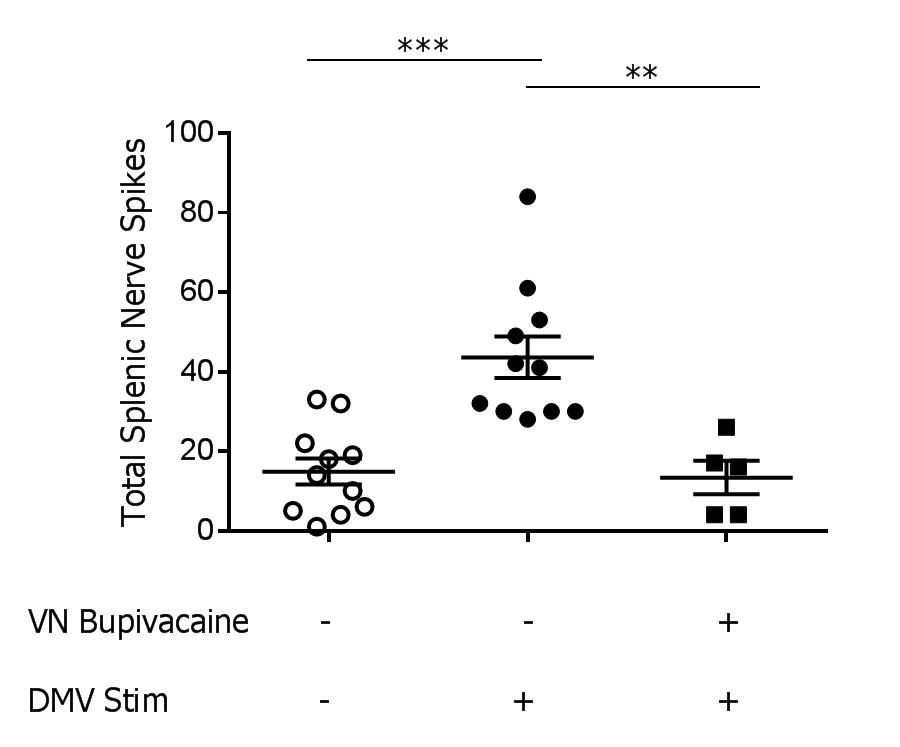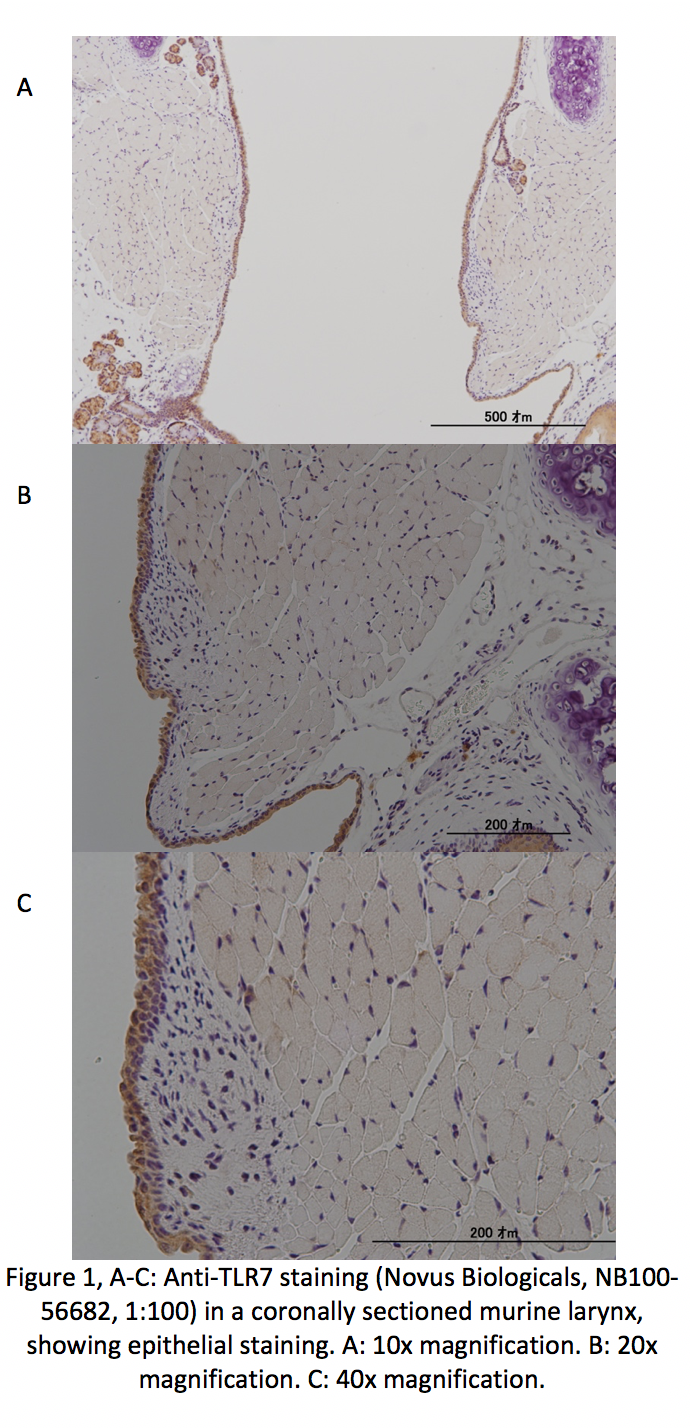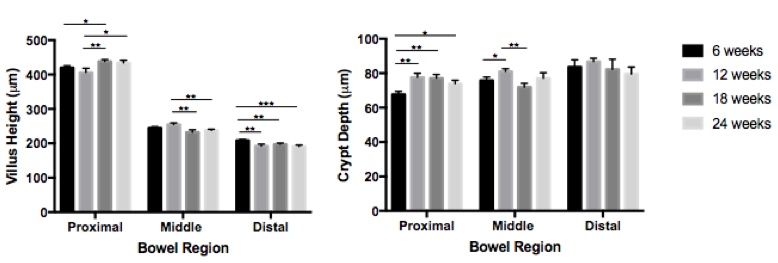H. M. Poushay1, M. Asaoka1, K. Takabe1 1Roswell Park Cancer Institute,Department Of Surgical Oncology,Buffalo, NY, USA
Introduction:
Immunotherapy has revolutionized treatment of many cancers, although its role in breast cancer treatment has yet to be well-established. Immune checkpoint inhibitors (ICIs) have demonstrated significant therapeutic responses across a variety of cancers, and may prolong overall survival in tumors with high mutation loads. One such ICI is the programmed death-1/programmed death ligand-1 (PD-1/PD-L1) inhibitor, which targets the PD-1/PD-L1 pathway, resulting in restoration of the immune system’s anti-tumor response. To investigate the potential role of ICIs in the treatment of breast cancer, we sought to compare hypermutated breast cancers to non-hypermutated breast cancers. We hypothesized that hypermutated breast cancers would have increased heterogeneity, leading to an increased presence of tumor-infiltrating lymphocytes (TILs), which has been shown to portend favorable response to immunotherapy. We also hypothesized that the hypermutated group would have higher cytolytic activity and PD-1/PD-L1 activity; the latter has also been suggested as a predictor of cancer response to PD-1/PD-L1 inhibitor therapy.
Methods:
Genomic and clinical data of 1065 breast cancer patients were obtained from The Cancer Genome Atlas (TCGA) and the Pan-Cancer Atlas.
We defined hypermutated tumors as those with non-silent mutation rate greater than 3.0.
Cytolytic activity (CYT), T cell receptor (TCR) diversity, and tumor infiltrating immune cell composition were calculated by CIBERSORT. Categorical variables were compared by Fisher's exact test (p<0.05 considered significant).
Results:
Of the 1065 patients, 114 (10.7%) were identified as having hypermutated tumors. The incidence of hypermutation was more frequent in older patients (age ≥50 vs. <50; 12.1% vs. 7.4%; p=0.03; odds ratio [OR]=1.7), in ER-negative compared to ER-positive tumors (18.6% vs. 8.8%; p <0.01; OR=2.4), but was not associated with cancer stage (p=0.485) or HER2 receptor status (p=0.079). Intra-tumor heterogeneity was higher in hypermutated tumors (p=0.014). Activated CD4 T-cells (p<0.001), macrophage M1 (p<0.001) and gamma delta T-cells (p<0.001) were higher in hypermutated tumors, whereas immune restraining regulatory T cells were lower (p=0.004). Reflecting the infiltration of immune activating cells, gene expression associated with TILs (p<0.001) and TCR diversity (p<0.001) were higher in the hypermutated group. Expression of immune checkpoint molecules PD-1 (p<0.001) and PD-L1 (p<0.001) were increased in the hypermutated tumor group. Finally, immune cytolytic activity was higher in the hypermutated group (p<0.001).
Conclusion:
The results support our hypothesis that hypermutation breast cancer tumors have increased heterogeneity and cytolytic activity, and increased PD-1/PD-L1 activity. Given these findings, further study is warranted to investigate the potential role of ICIs in breast cancer treatment in selected breast cancer patients.


